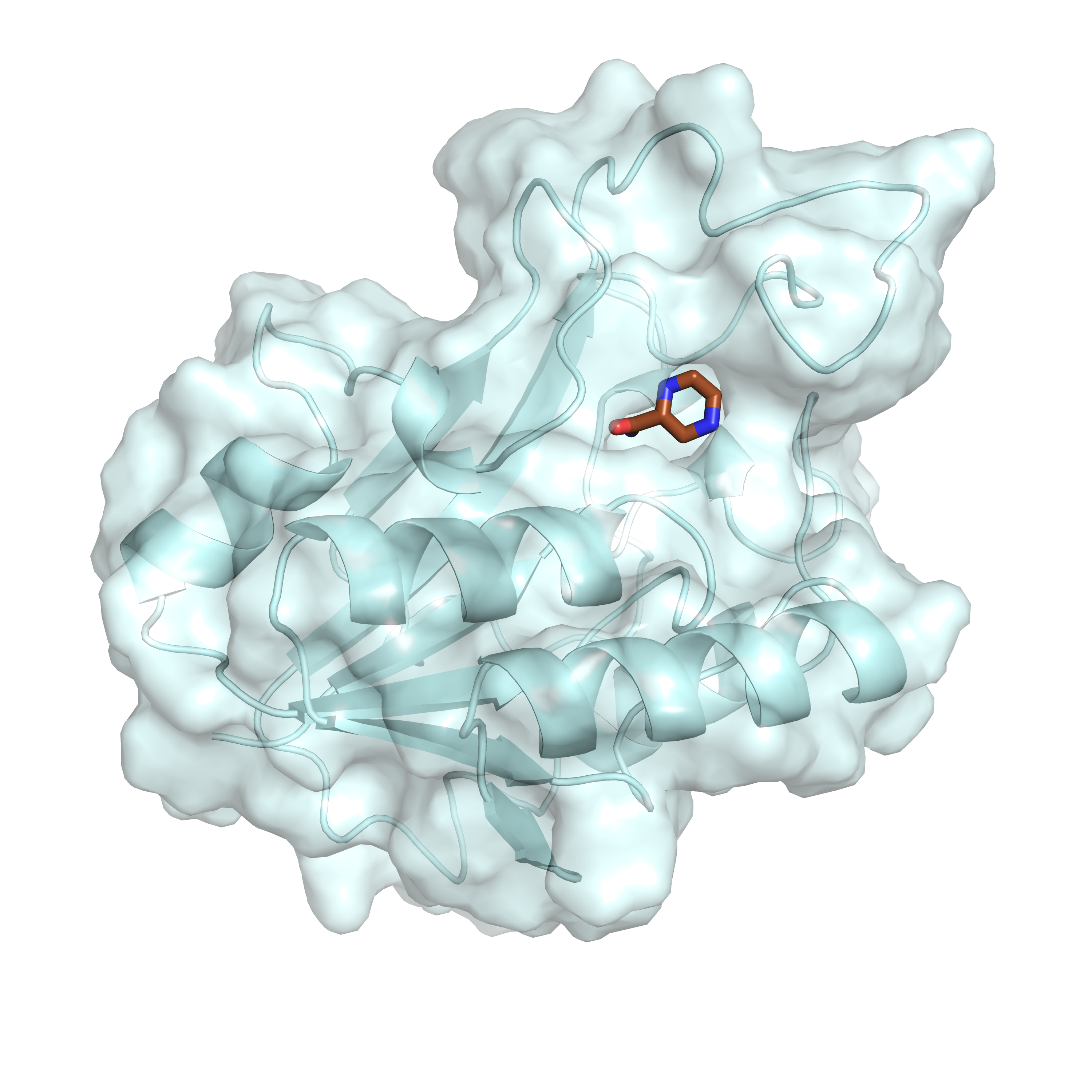SUSPECT-PZA StrUctural Susceptibility PrEdiCTion on PZA
Malancha Karmakar, Carlos H.M. Rodrigues, David B. Ascher & Justin Denholm
Abstract: Pyrazinamide, a first-line drug with remarkable sterilizing activity, plays an important role in the treatment of tuberculosis, especially in multi-drug resistant strains. Pyrazinamide use, however, is complicated by its side-effects and challenges with reliable drug susceptibility testing. Resistance to pyrazinamide is largely driven by mutations in pyrazinamidase (pncA), responsible for drug activation, but large genetic diversity and heterogeneity has hindered the development of a comprehensive molecular diagnostic test. Our objective was to use information from the proteins 3D structure to accurately identify resistance mutations in pncA. To achieve this, we curated 610 pncA non-synonymous single nucleotide mutations with associated high confidence experimental and clinical information on pyrazinamide susceptibility. The molecular consequences of these mutations were assessed using the mCSM platform, which provided insights into changes in protein stability, conformation, and interactions for each mutation. Using these structural and biophysical effects, we were able to correctly classify mutations as either susceptible or resistant with an accuracy of 78%. Our model was validated against a previously documented set of non-redundant clinically resistance mutations achieving 77% accuracy and 81% accuracy across all pncA missense mutations recently reported in the CRyPTIC dataset. Applying this structural analysis to a novel set of previously unreported Victorian clinical mutations with experimental drug susceptibility testing, our model showed clinical resistance in pyrazinamide could be predicted with 71% accuracy. We have made this model freely available through a user friendly web interface called SUSPECT-PZA, StrUctural Susceptibility PrEdiCTion for pyrazinamide. This will be a valuable resource to analyse any pncA missense mutation, providing structural insight to help guide patient treatment decisions and screening programs.
